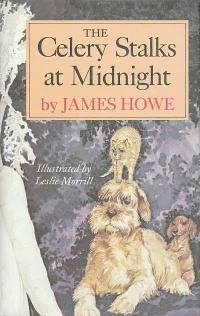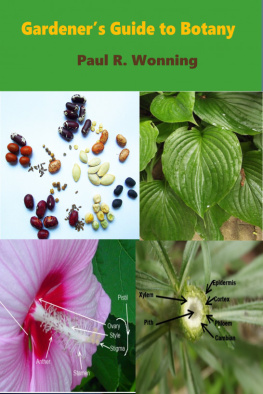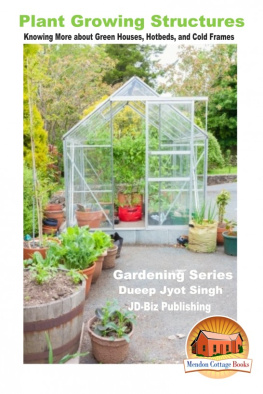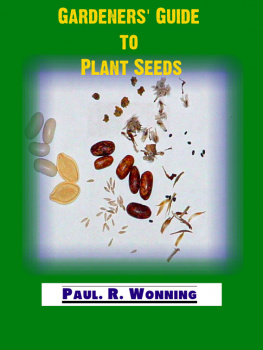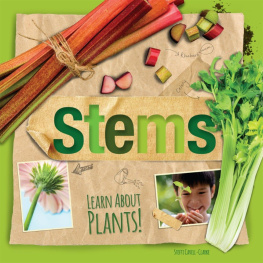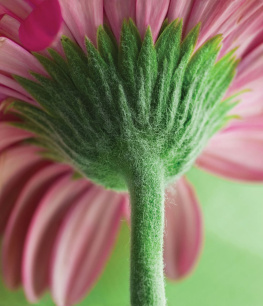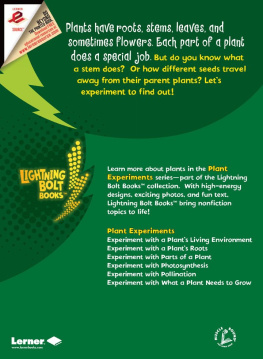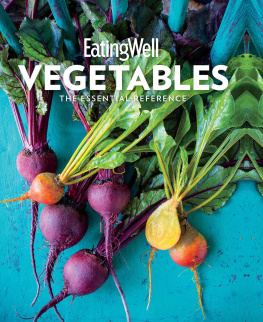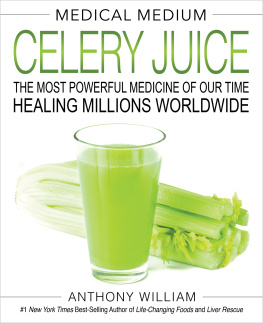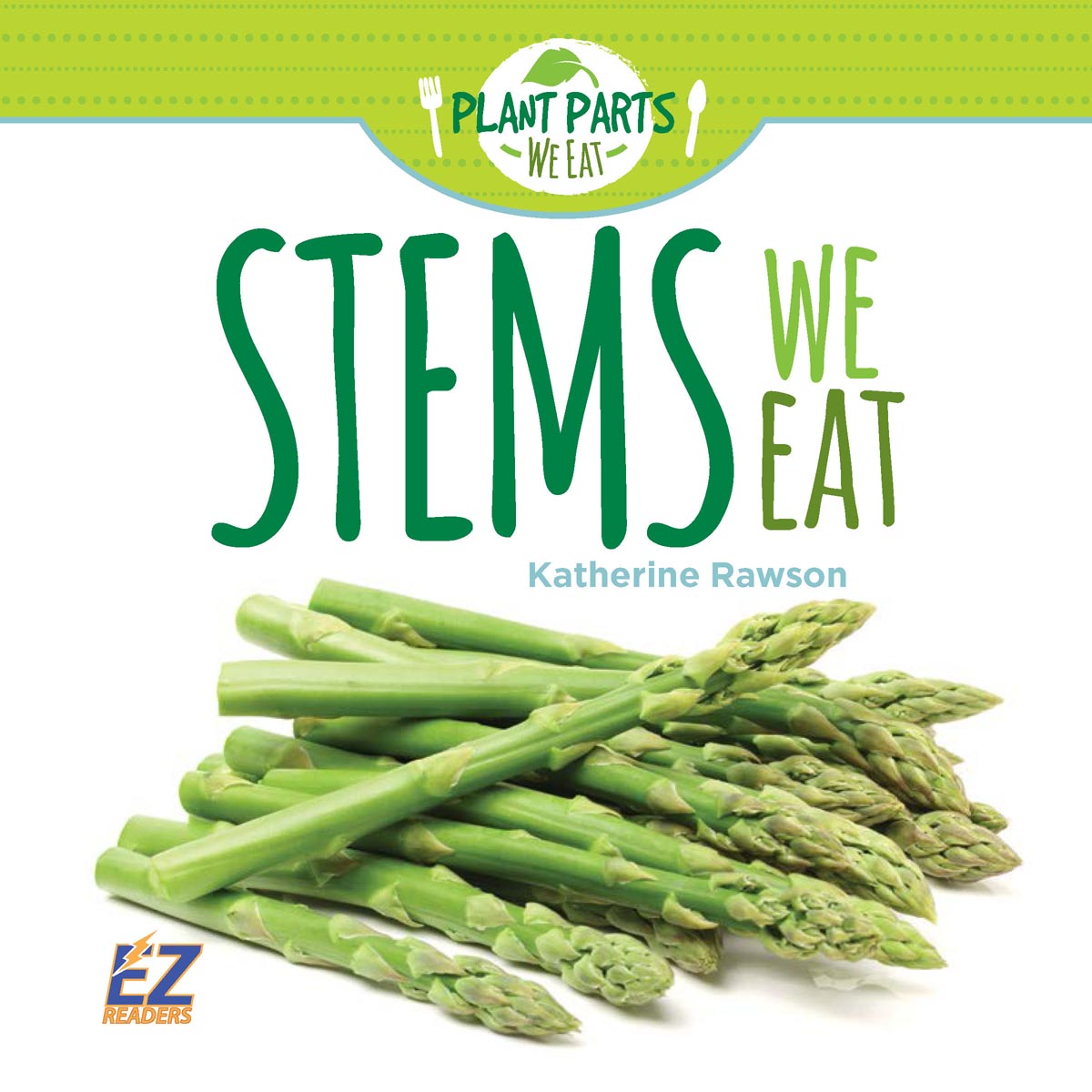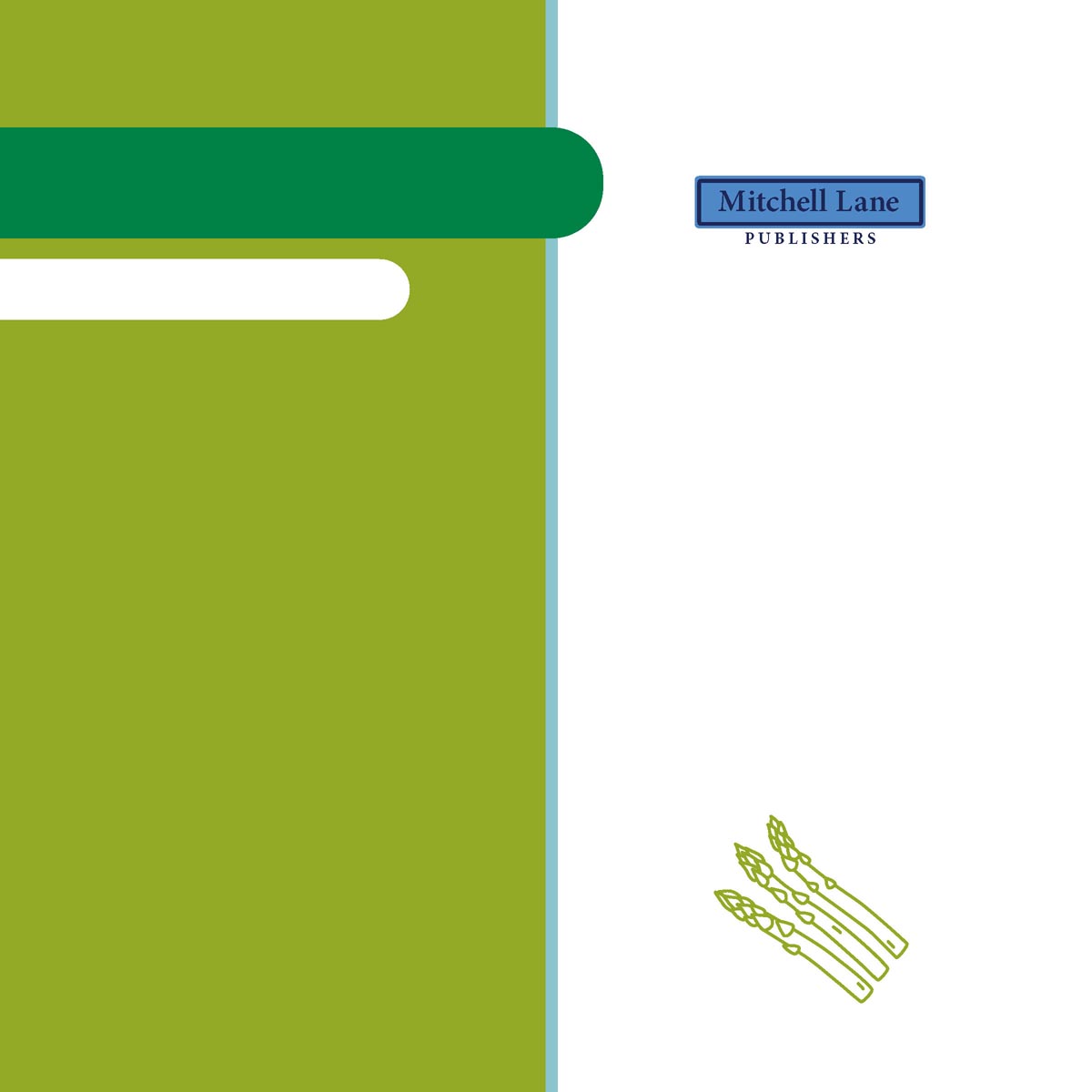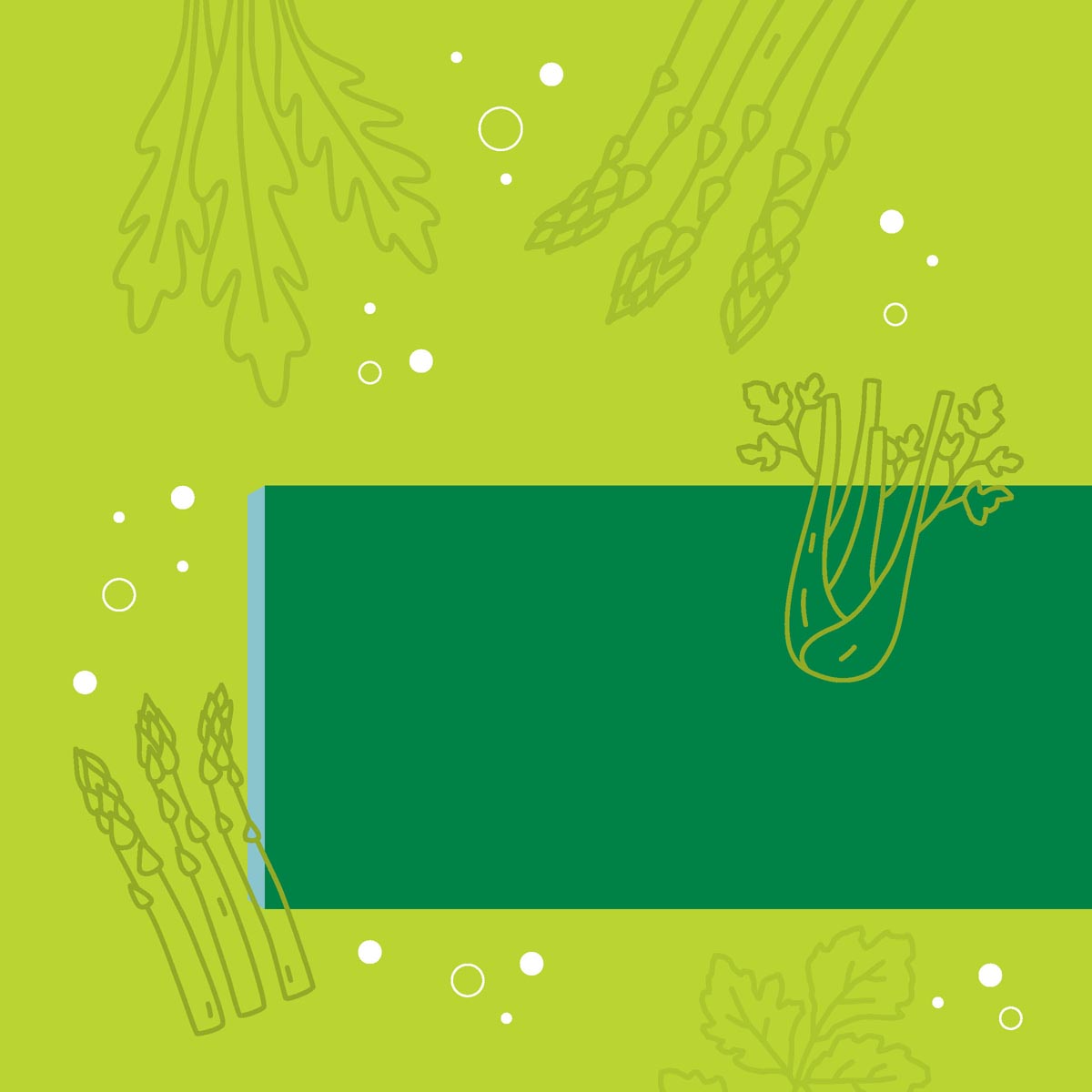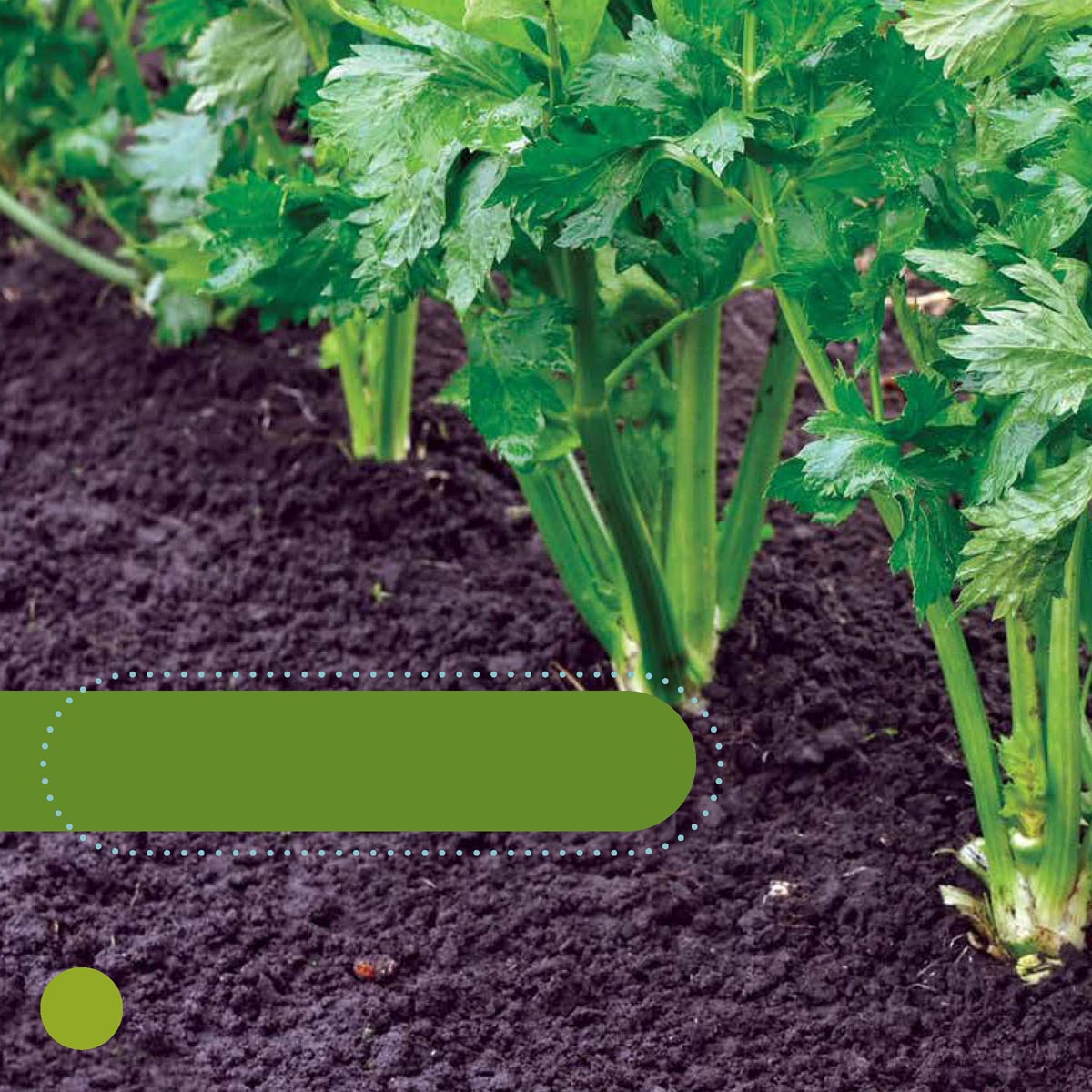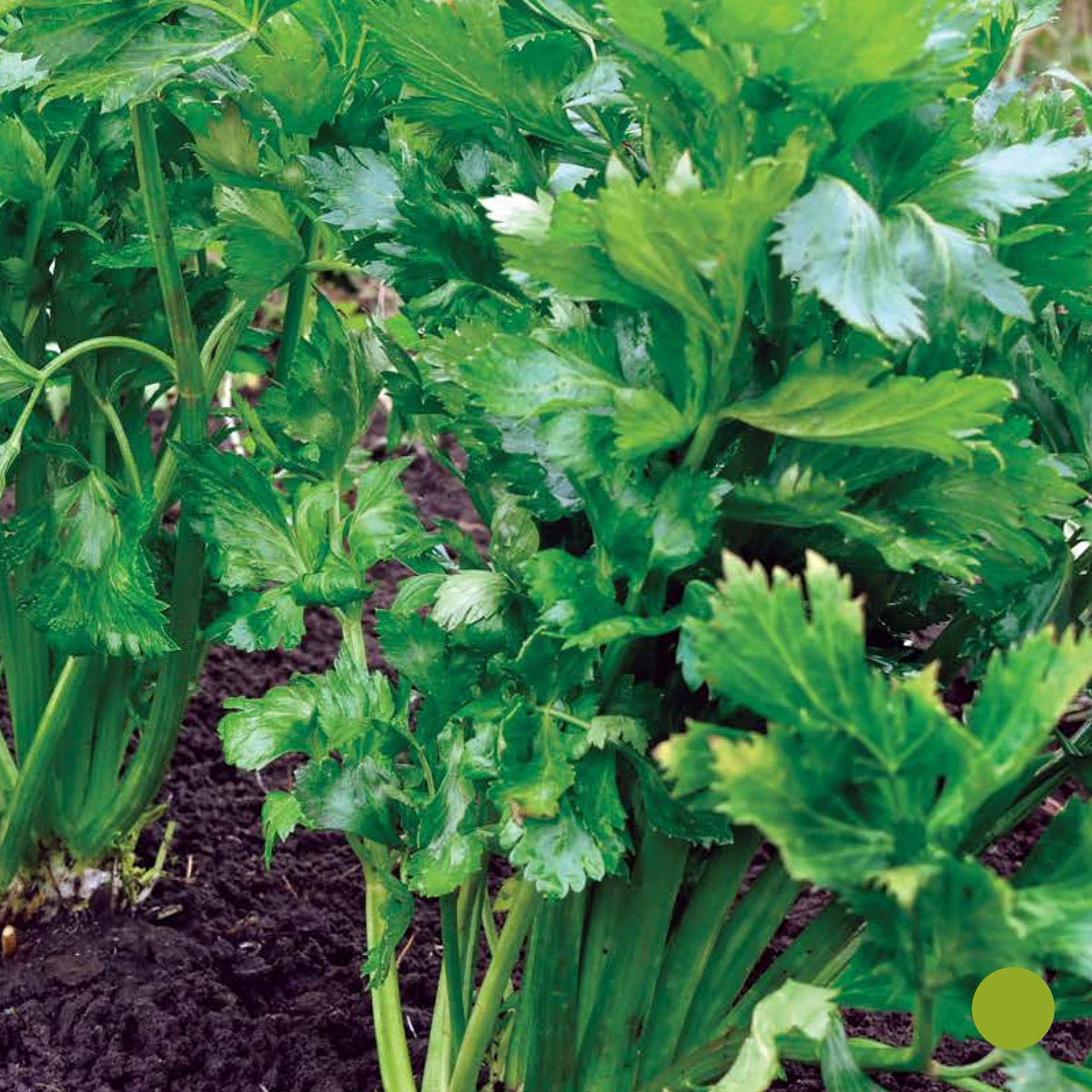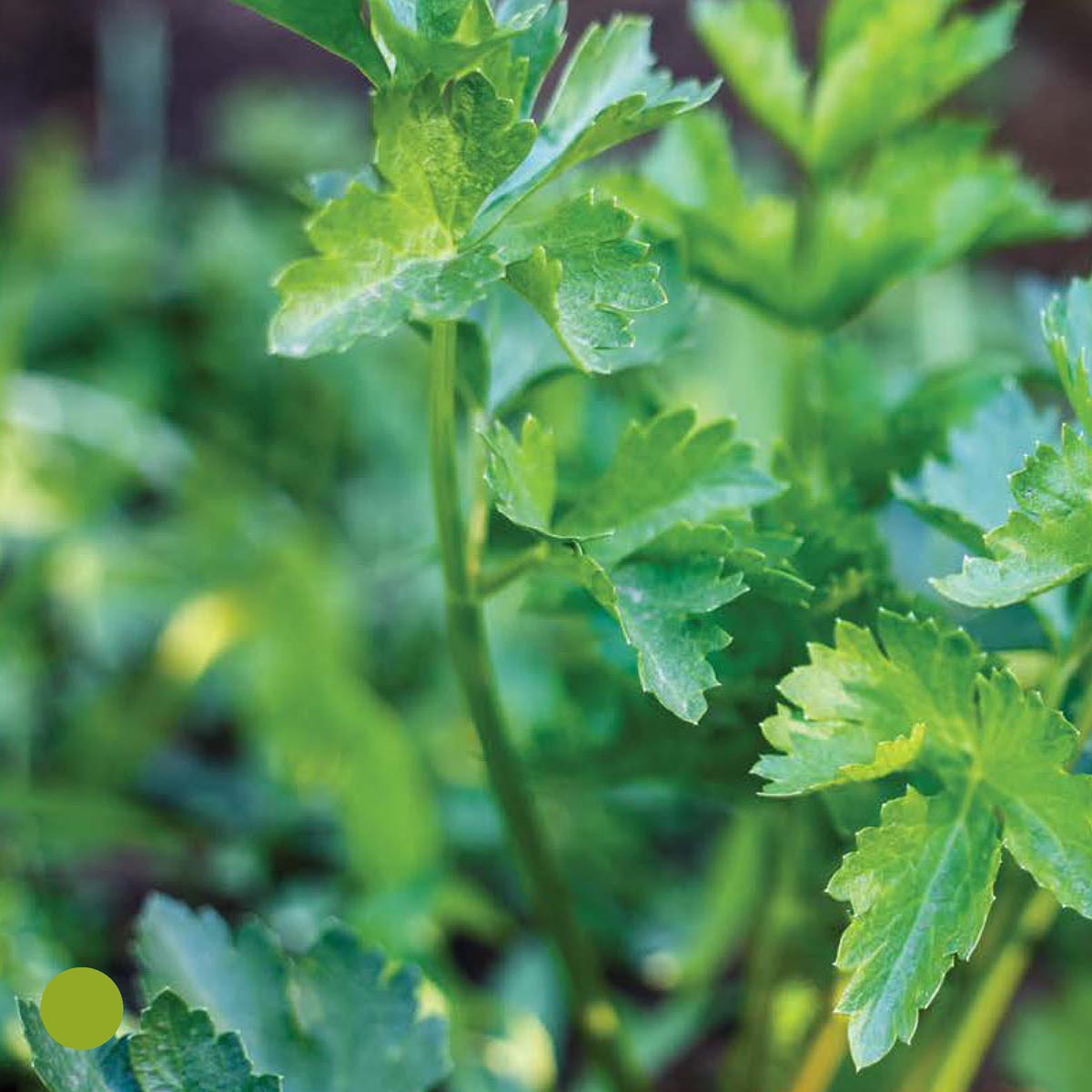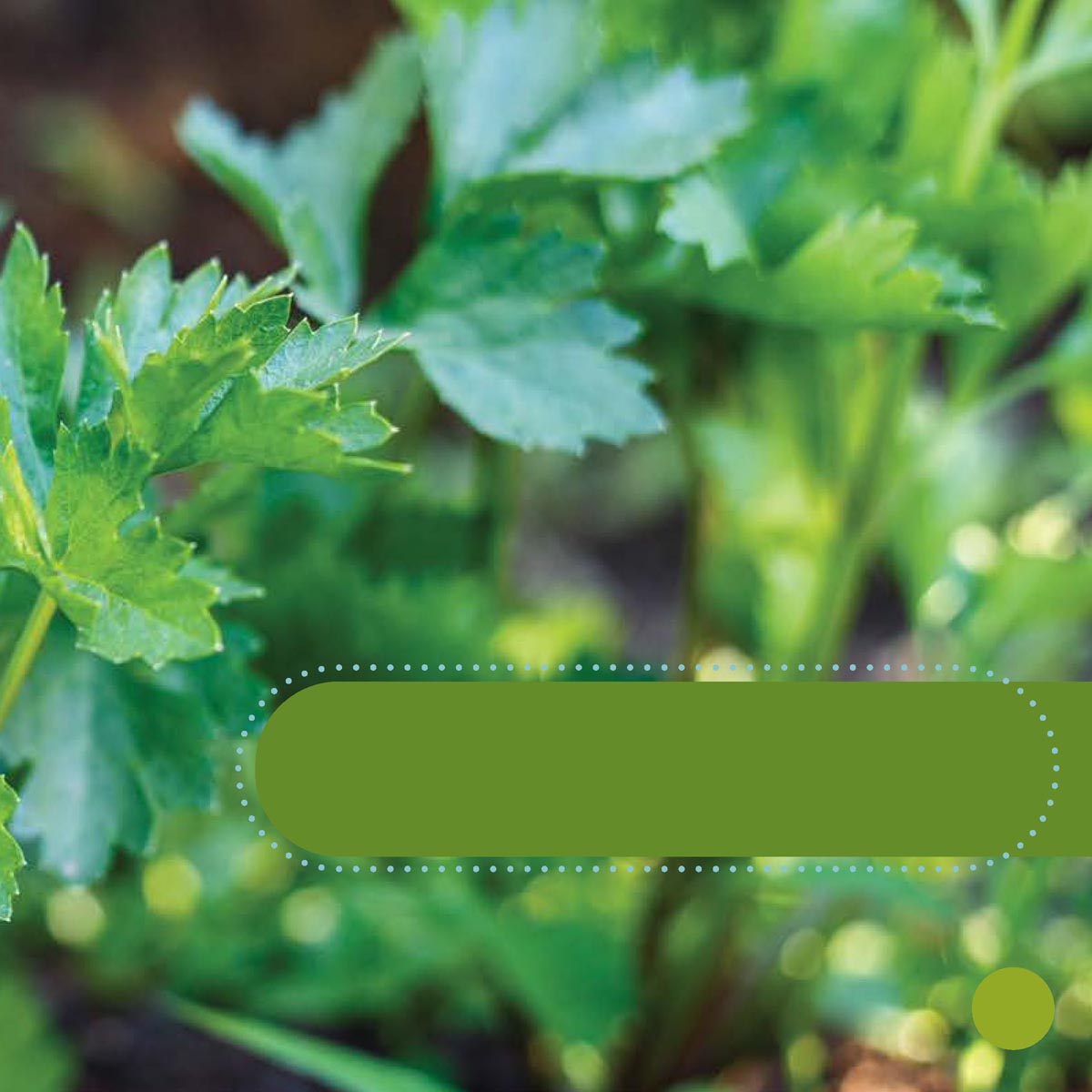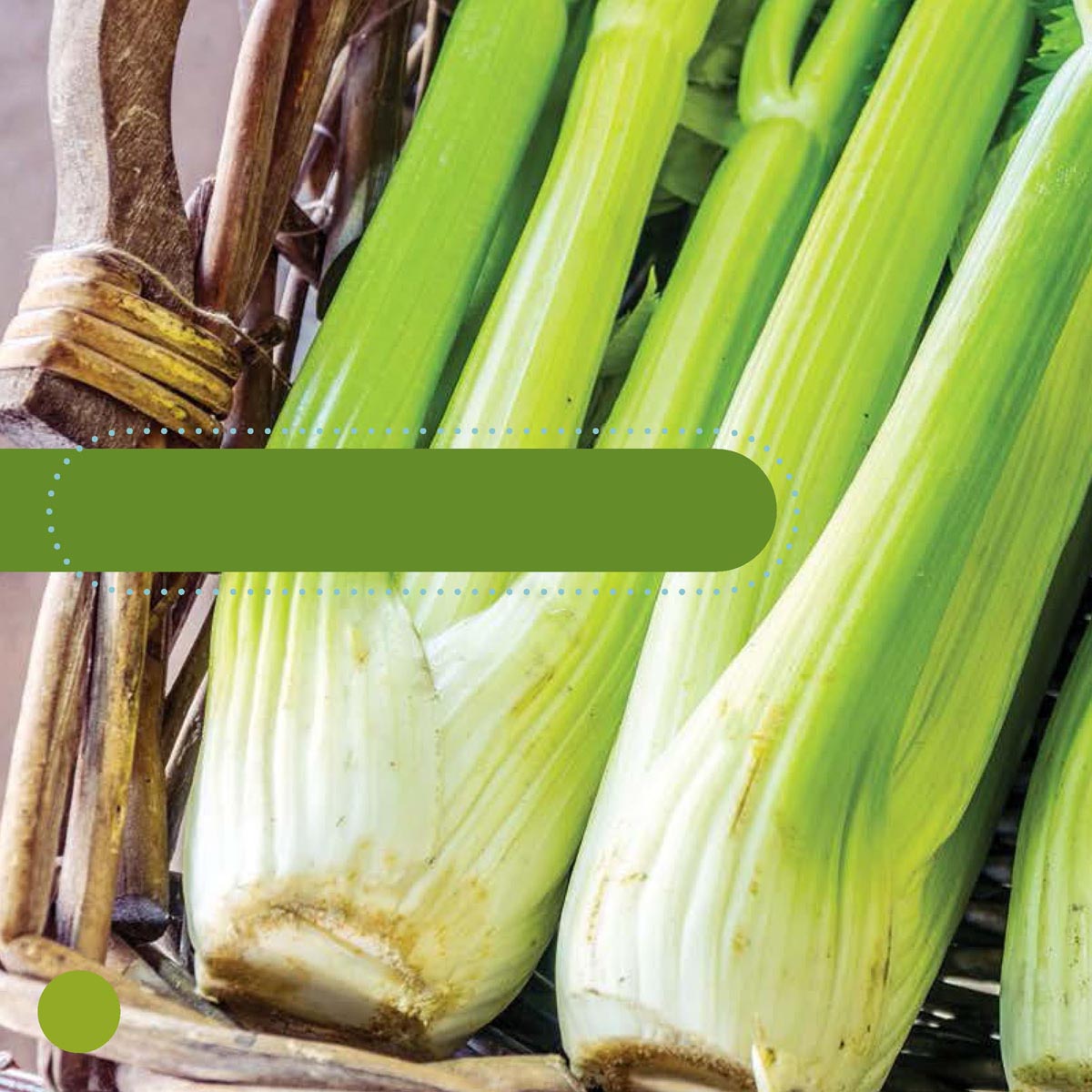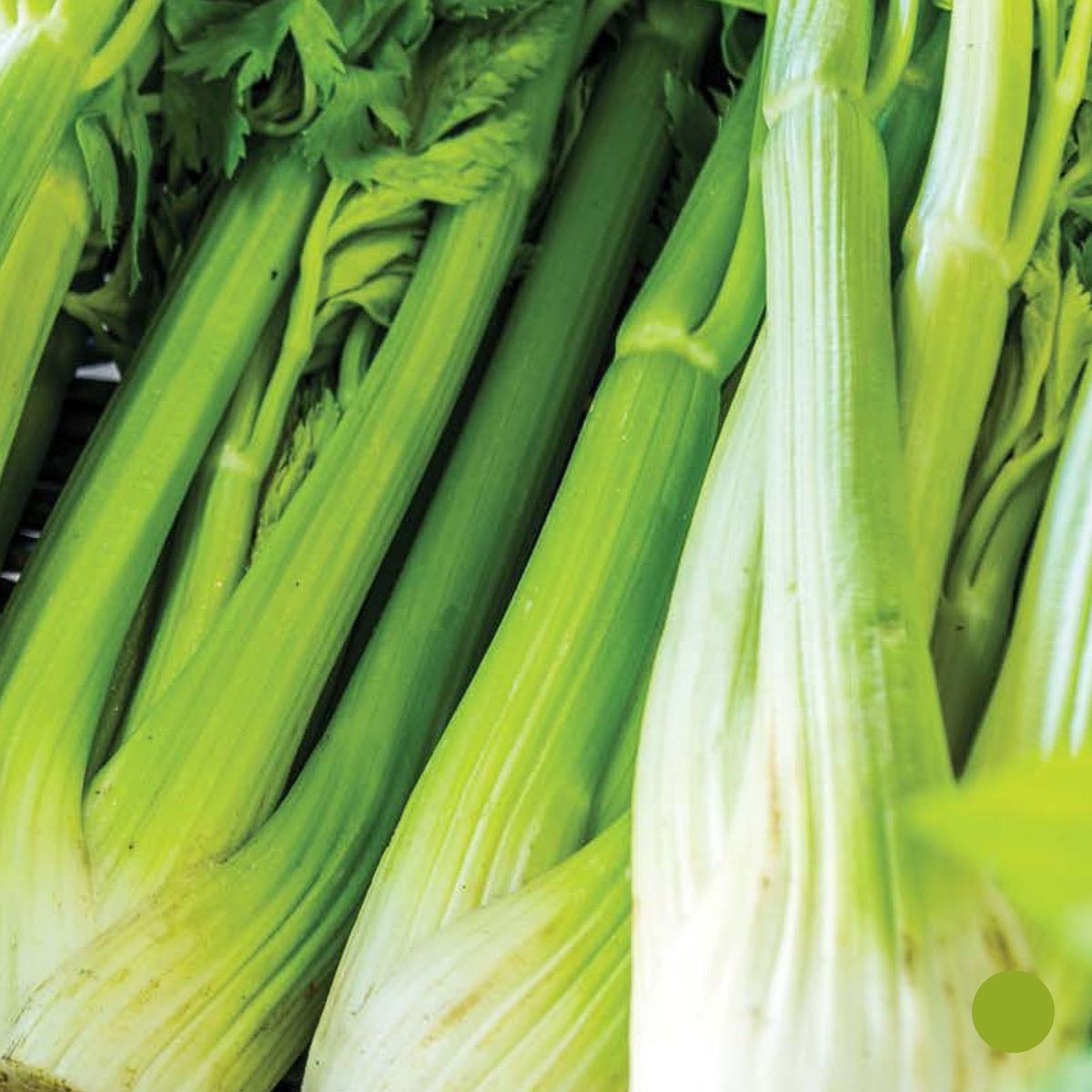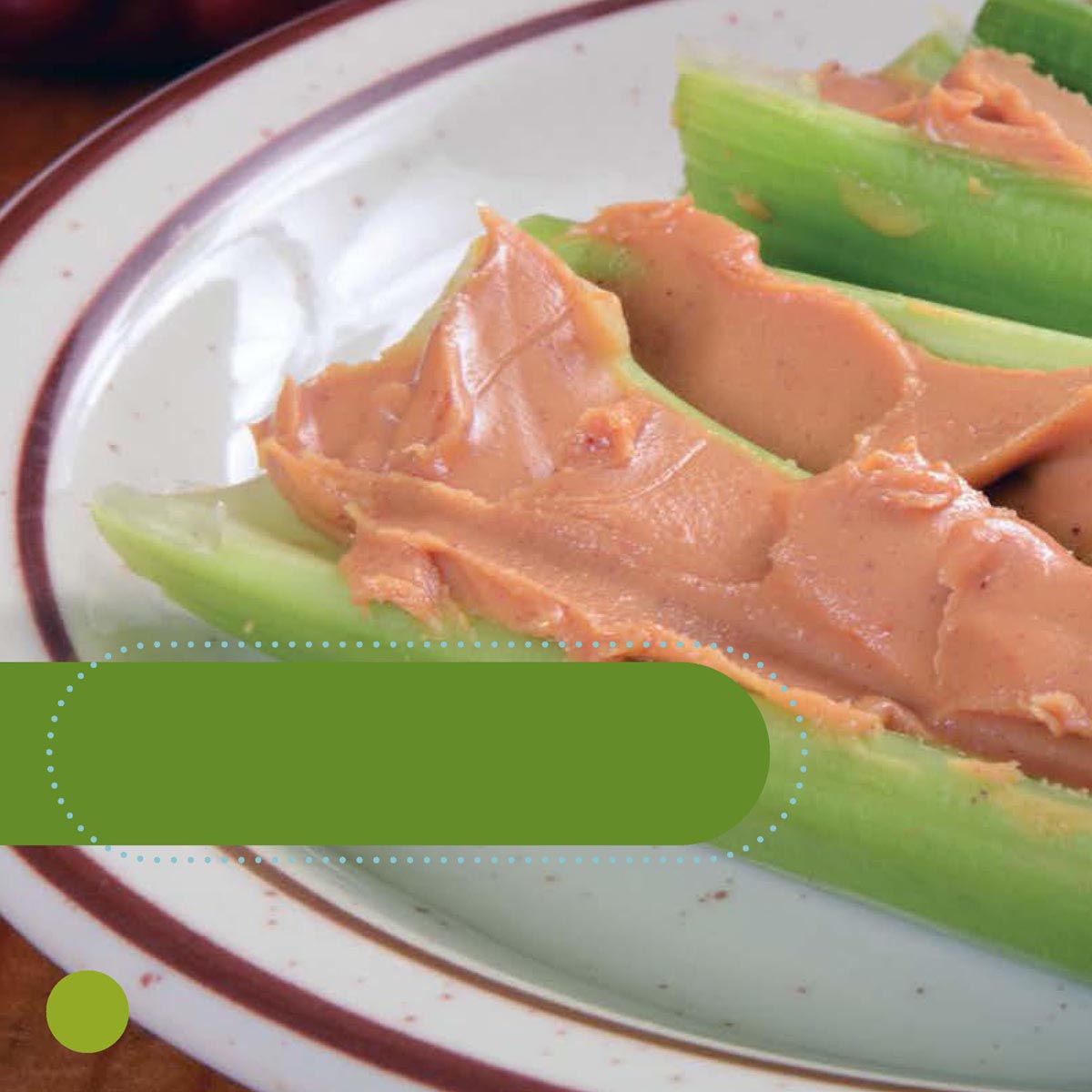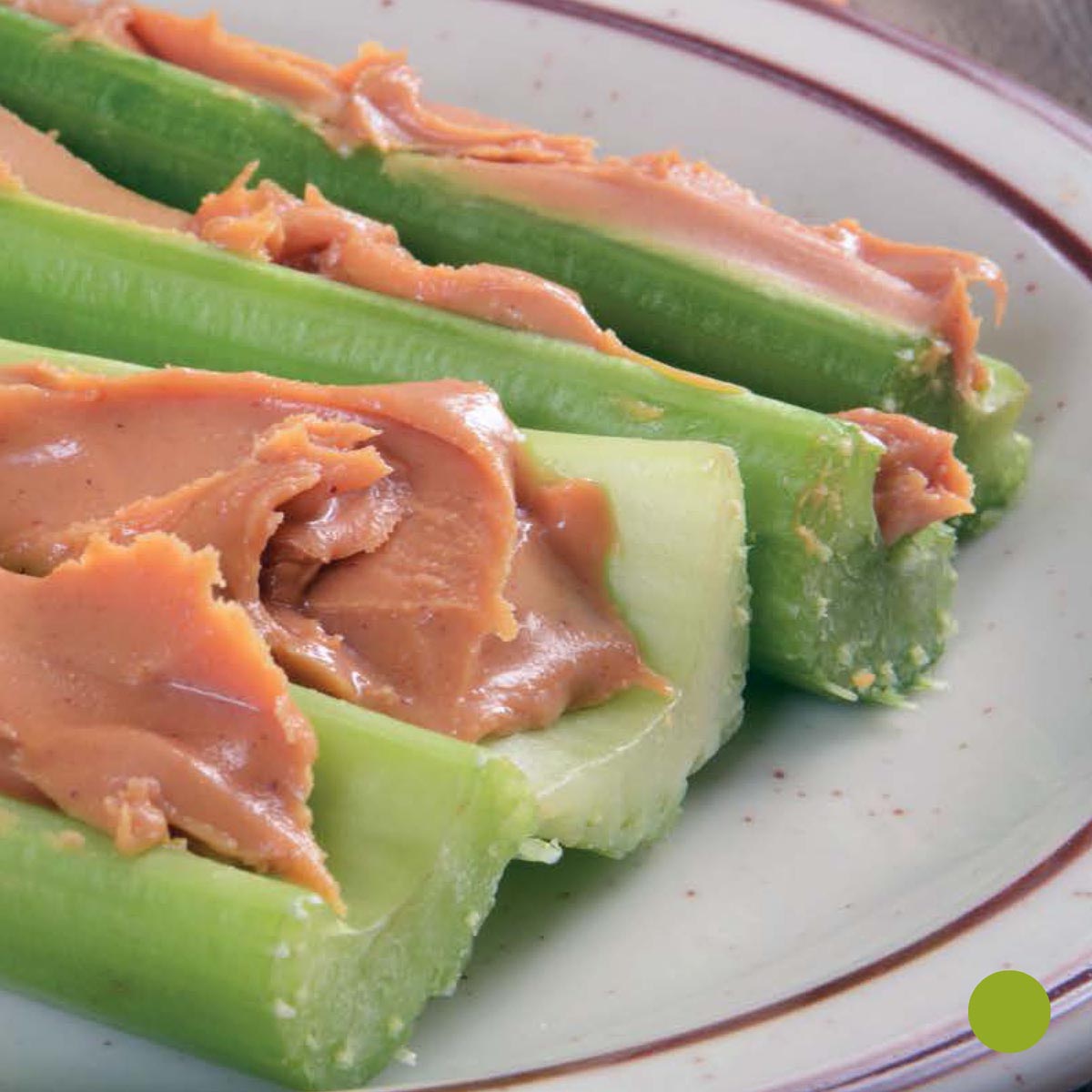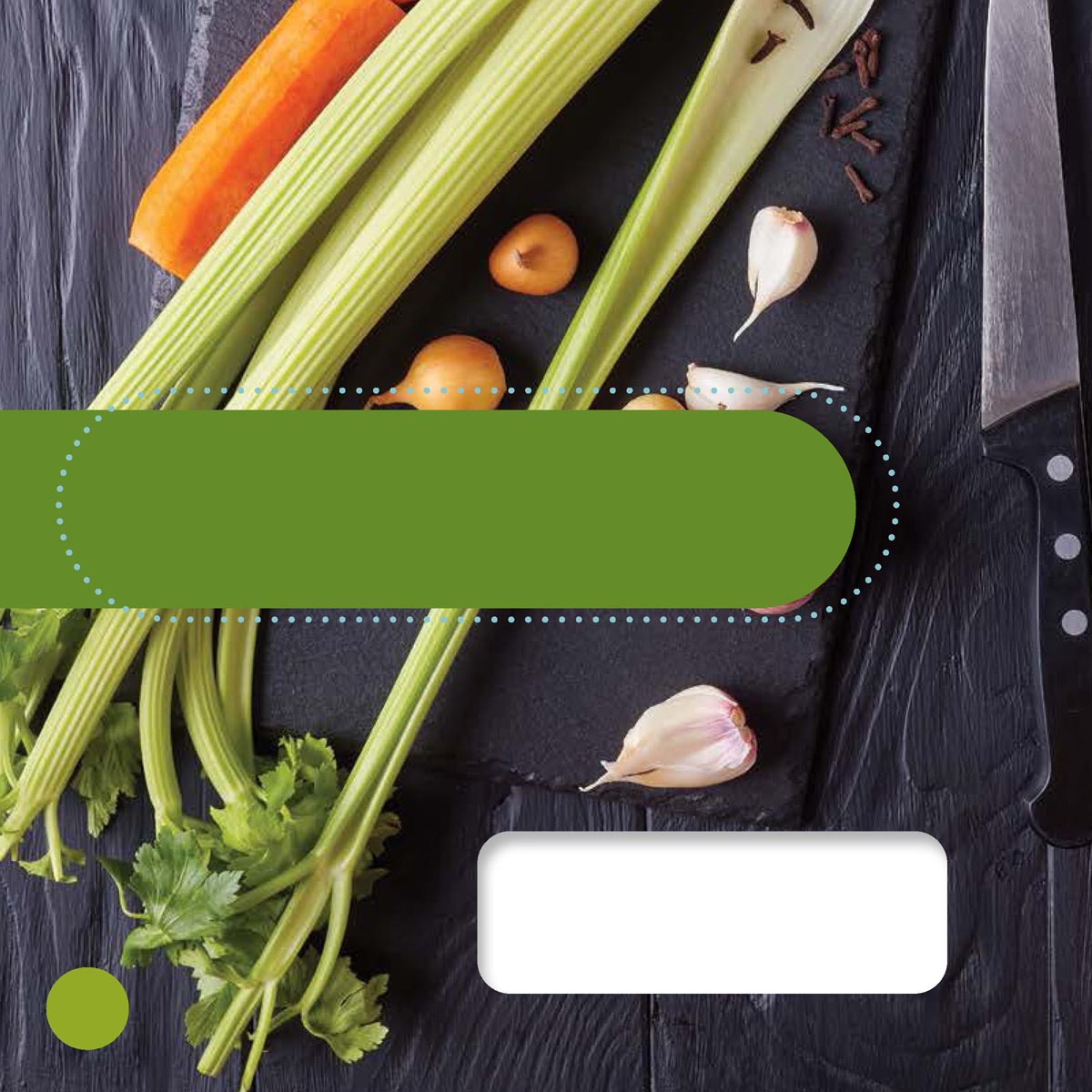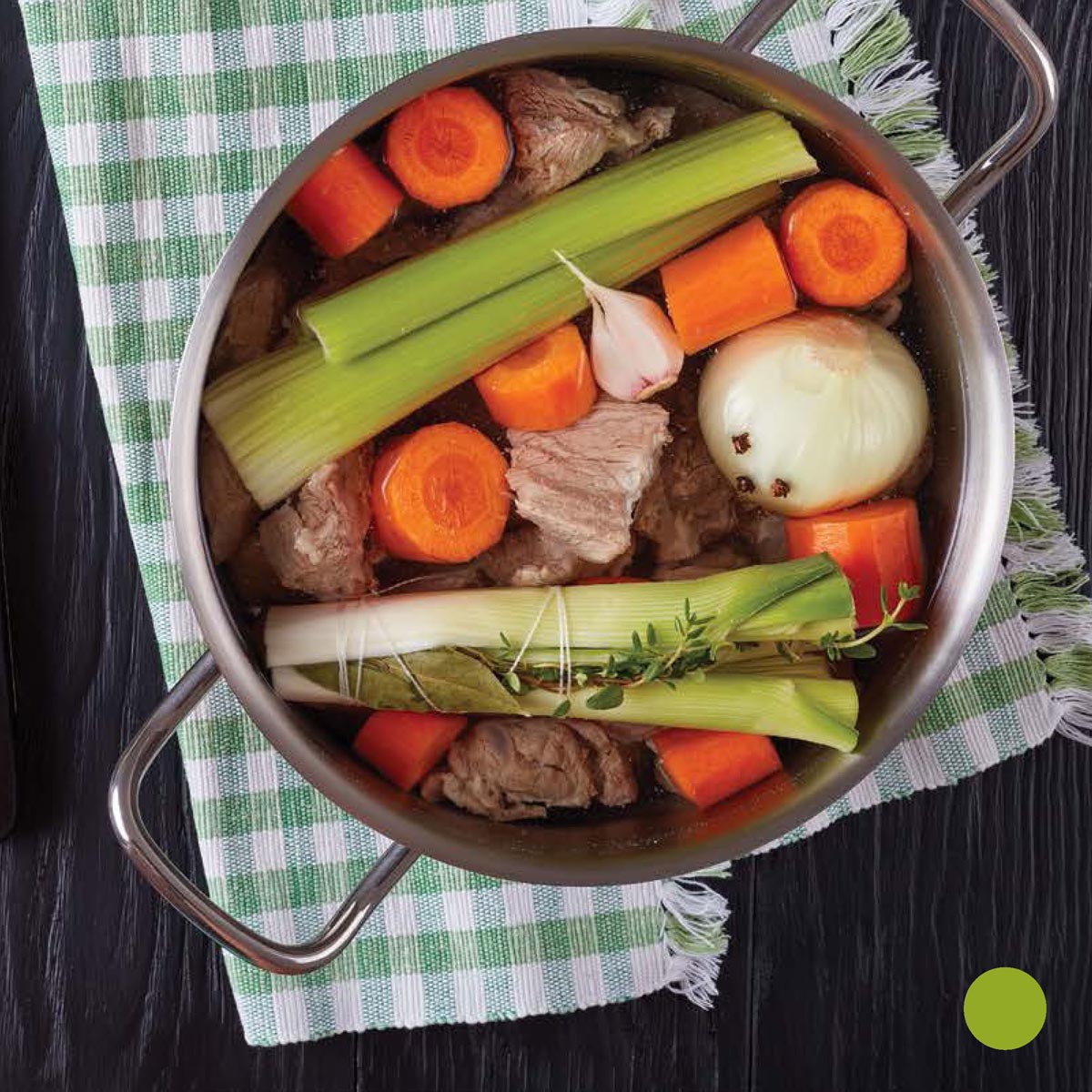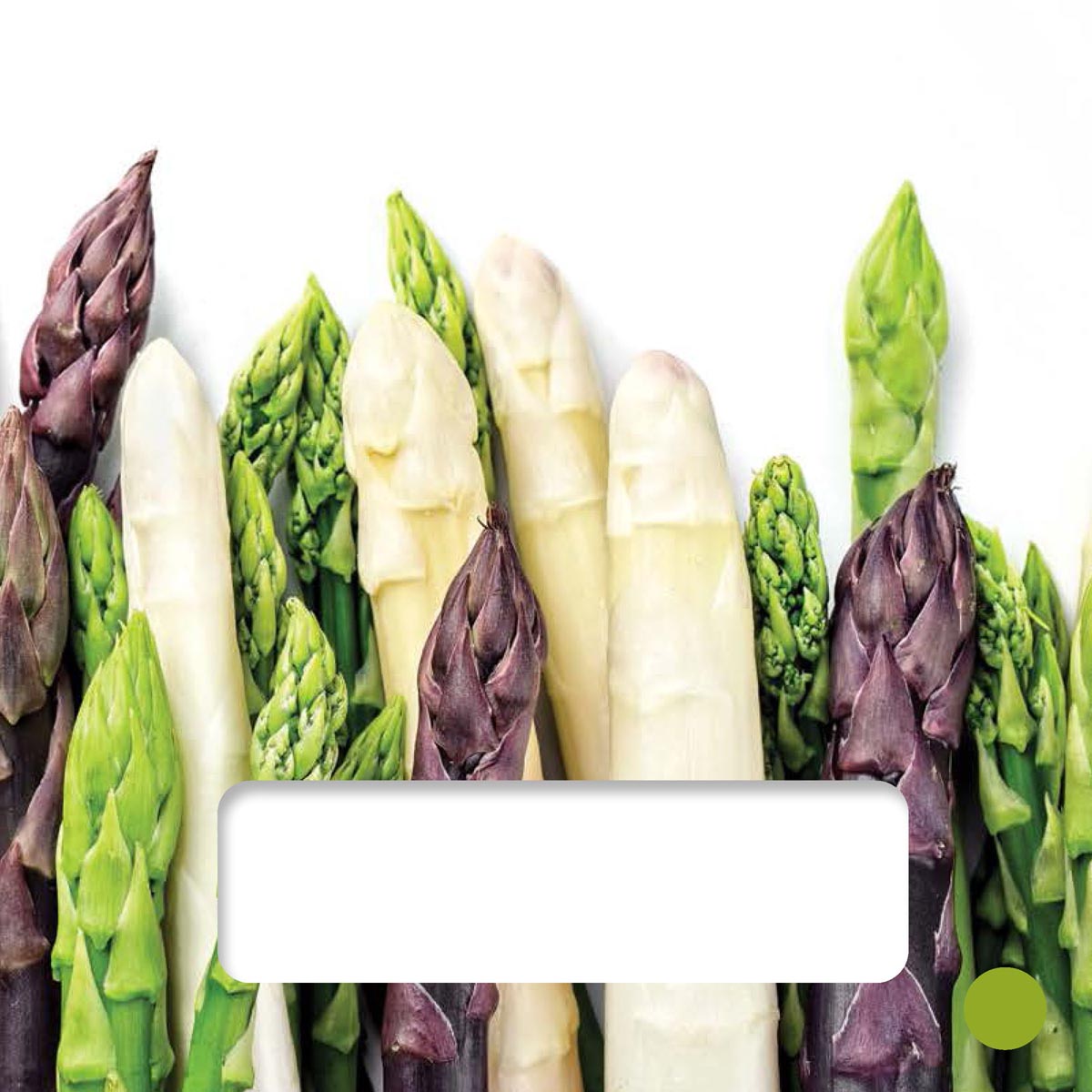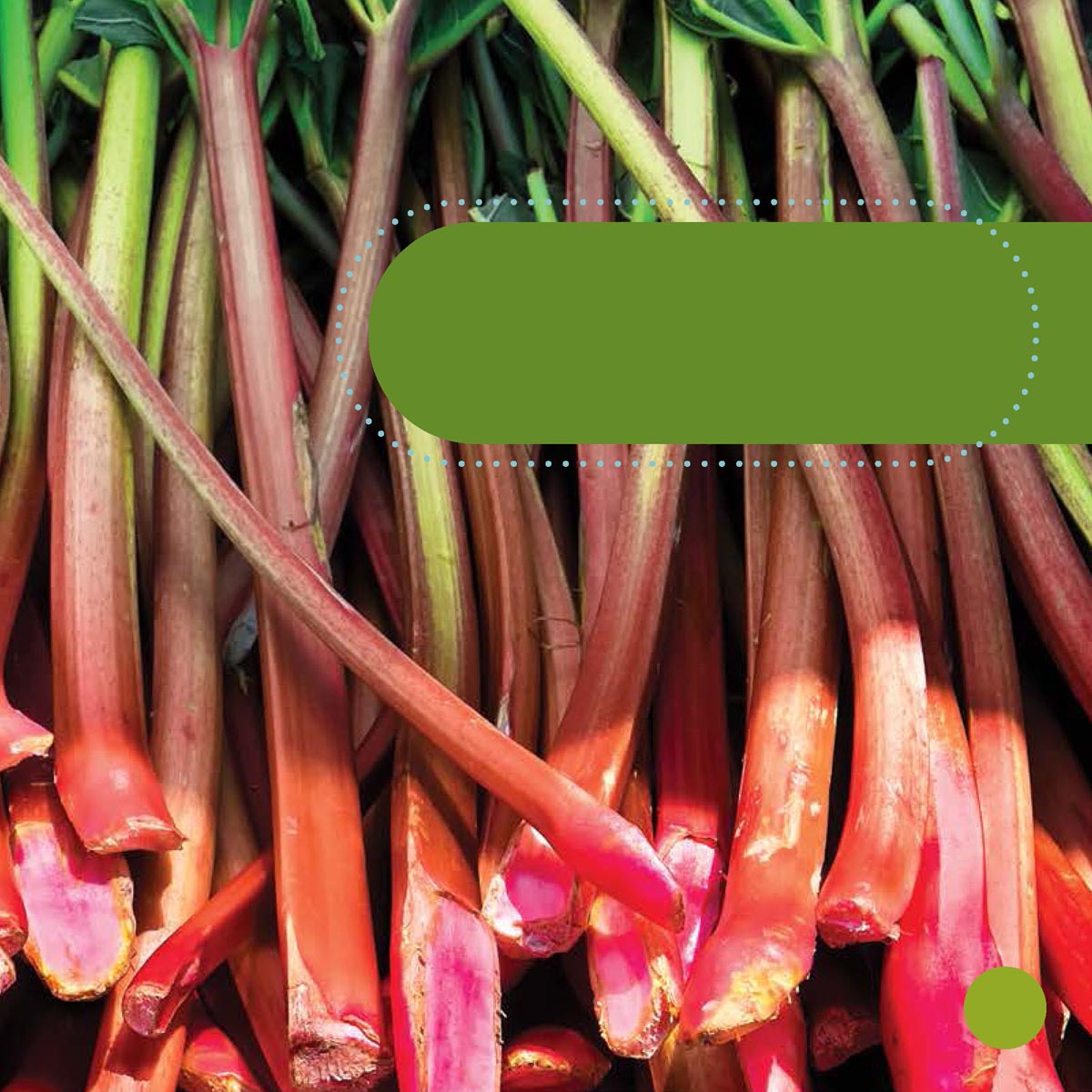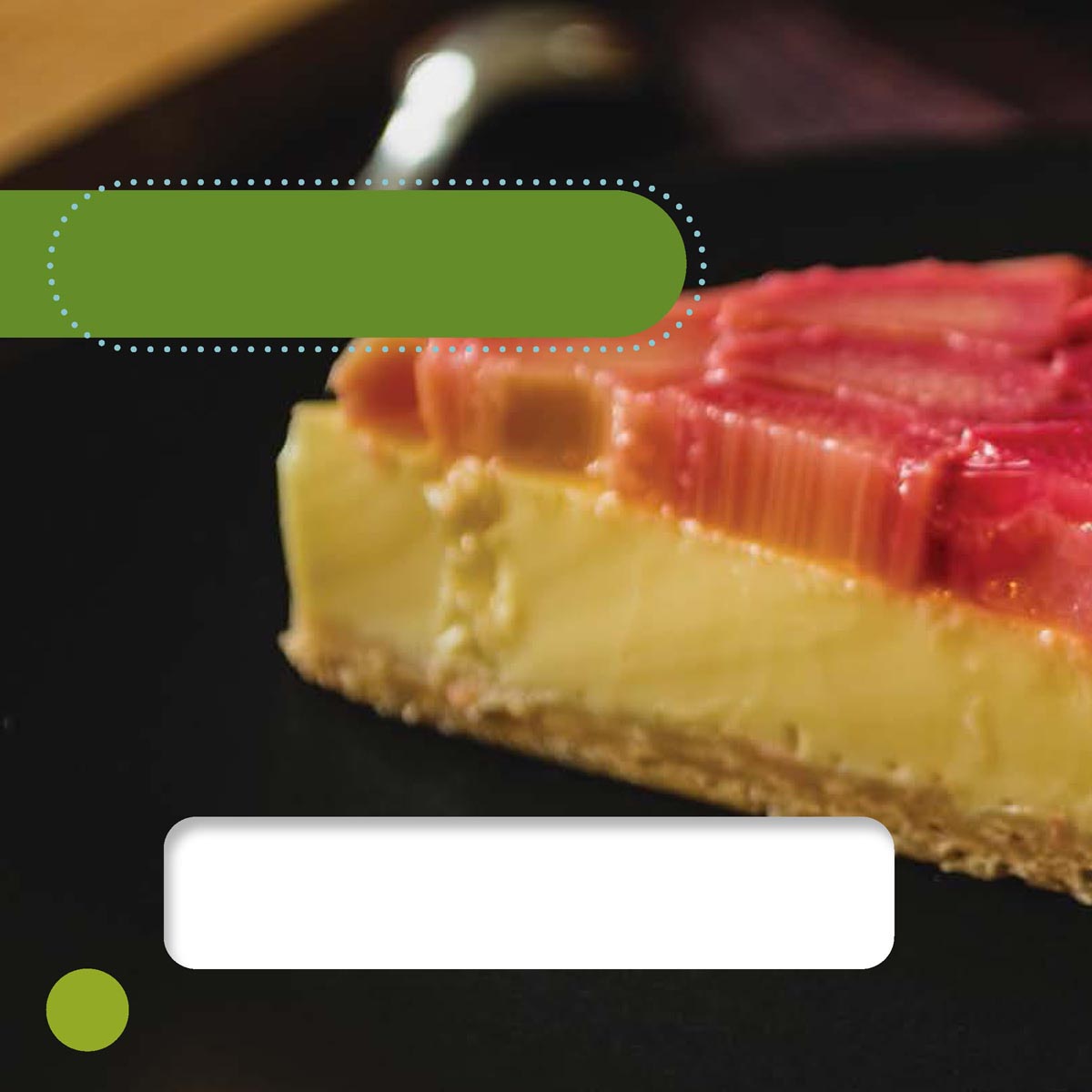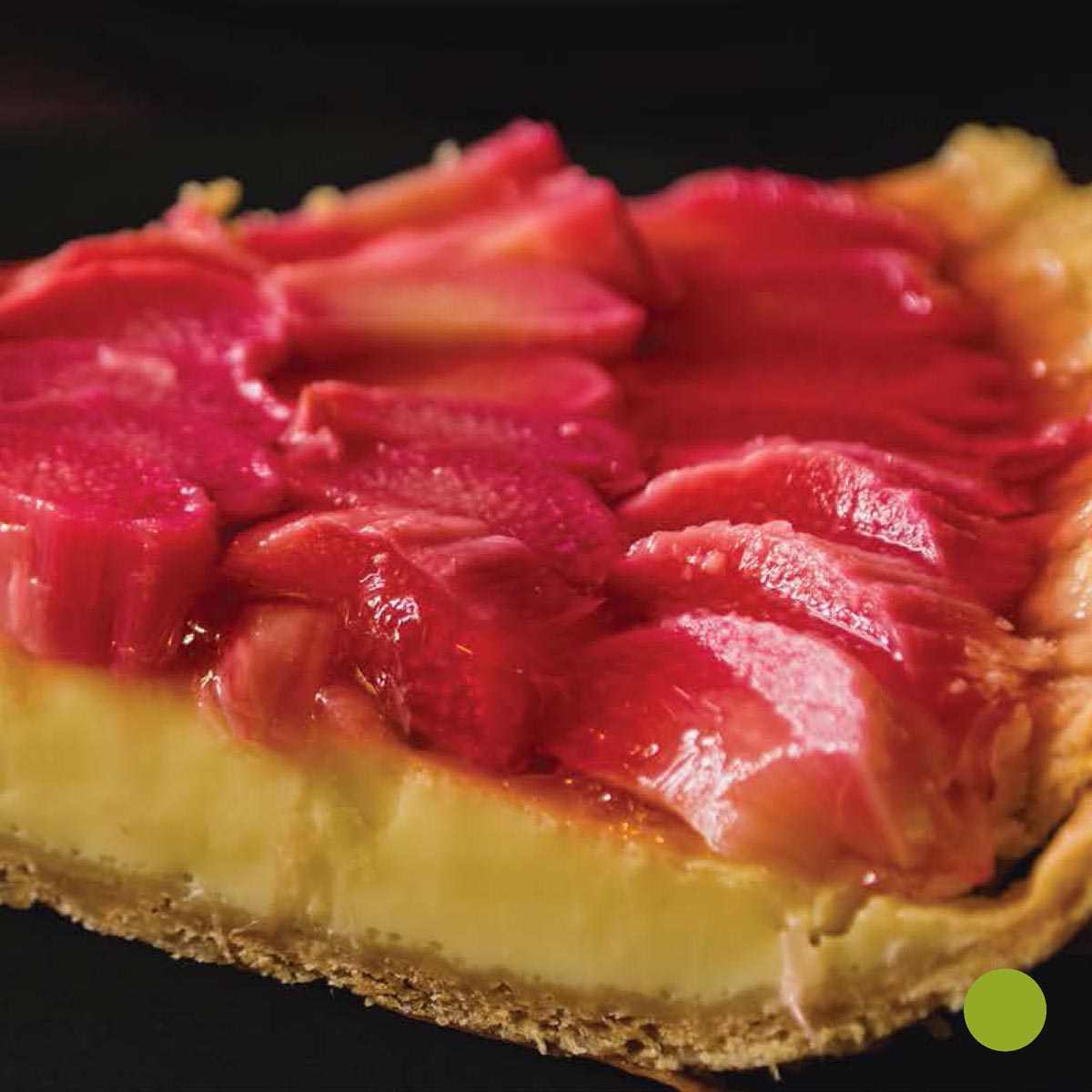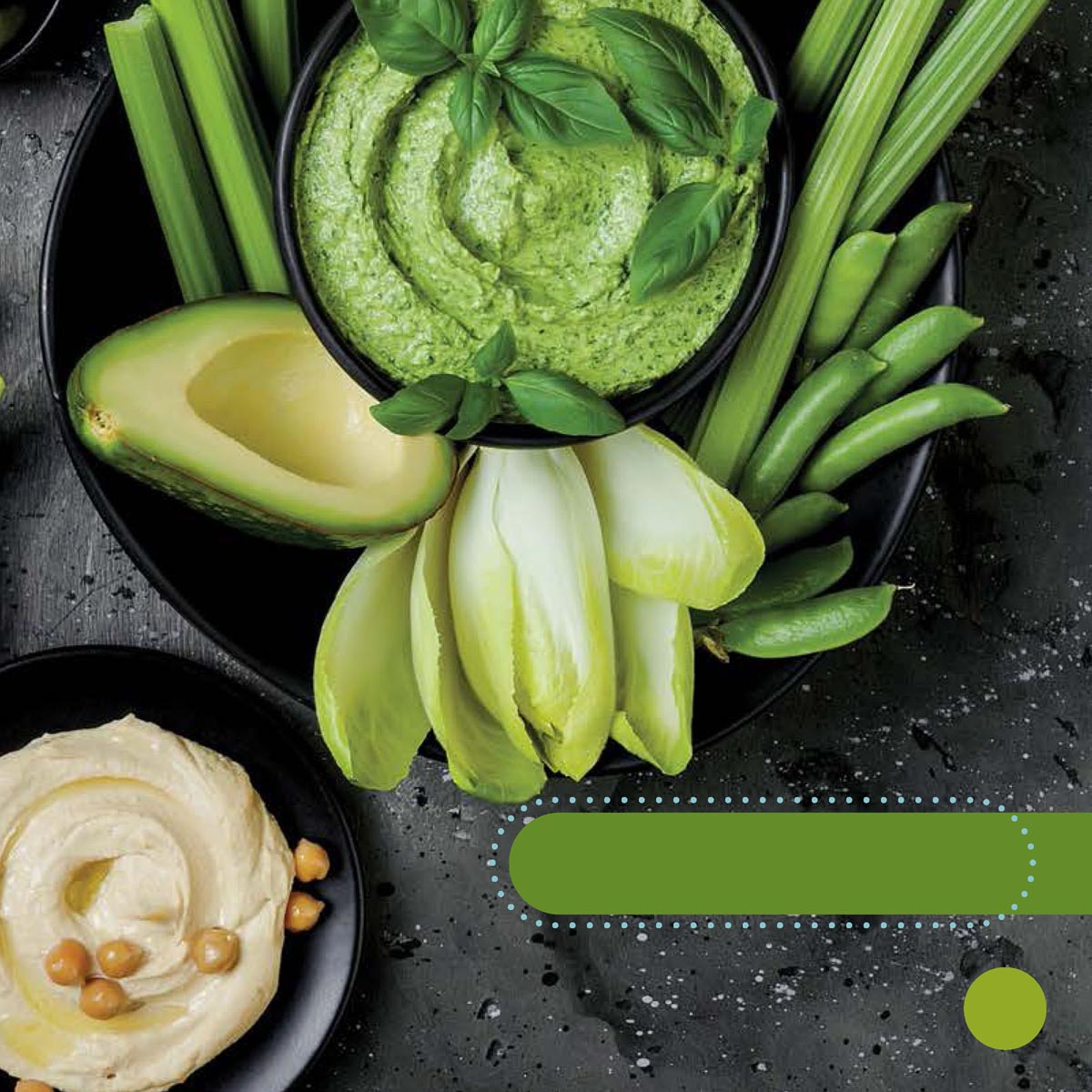Creating Young Nonfiction Readers
EZ Readers lets children delve into nonfiction at
beginning reading levels. Young readers are introduced
to new concepts, facts, ideas, and vocabulary.
2001 SW 31st Avenue
Tips for Reading Nonfiction
Hallandale, FL 33009
www.mitchelllane.com
with Beginning Readers
Talk about Nonfiction
Begin by explaining that nonfiction books give
Copyright 2021 by Mitchell Lane Publishers. All rights
us information that is true. The book will be
reserved. No part of this book may be reproduced
organized around a specific topic or idea, and
without written permission from the publisher. Printed
we may learn new facts through reading.
and bound in the United States of America.
First Edition, 2021.
Look at the Parts
Most nonfiction books have helpful features.
Author: Katherine Rawson
Our EZ Readers include a Contents page,
Designer: Ed Morgan
an index, and color photographs. Share the
Editor: Morgan Brody
purpose of these features with your reader.
Names/credits:
Title: Stems We Eat / by Katherine Rawson
Contents
Description: Hallandale, FL :
Located at the front of a book, the Contents
Mitchell Lane Publishers, [2021]
displays a list of the big ideas within the book
Series: Plant Parts We Eat
and where to find them.
Library bound ISBN: 978-1-883845-05-6
eBook ISBN: 978-1-54575-262-3
Index
An index is an alphabetical list of topics and
EZ Readers is an imprint of Mitchell Lane Publishers.
the page numbers where they are found.
Photo credits: Freepik.com, Shutterstock
Photos/Charts
A lot of information can be found by reading
the charts and photos found within nonfiction
text. Help your reader learn more about the
different ways information can be displayed.
With a little help and guidance about
reading nonfiction, you can feel good about
introducing a young reader to the world of EZ
Readers nonfiction books.
Contents
Plants have stems.
The stems hold the plant up.
The stems carry water from the roots.
They carry the water to the leaves.
They carry nutrients , too.
We eat the stems of some plants.
Celery stalks are stems.
We eat celery raw . It is crunchy.
It tastes good with peanut butter.
It tastes good in salads.
We eat celery cooked.
It tastes good in soups and sauces.
We can eat the leaves of celery, too.
Did You Know?
Celery leaves and seeds
are used to flavor food.
Did You Know?
Purple asparagus turns green when cooked.
Asparagus is a stem. Asparagus
can be green, purple, or white. It
tastes good steamed or roasted .
Did You Know?
Asparagus needs sunlight to turn green.
White asparagus is made by covering
the asparagus in dirt as it grows.
Rhubarb is a stem.
Rhubarb tastes very sour.
Usually we cook it with sugar.
Then it tastes sweet.
Rhubarb tastes good in pies.
It tastes good in cakes.
Did You Know?
The stems of rhubarb are delicious, but
the leaves are poisonous. Dont eat them!
Stems are good to eat!
Glossary
nutrients
Contents of food that we need for good health
raw
Not cooked
roasted
Cooked in the oven
stalks
Stems
steamed
Cooked in steam
Sources


